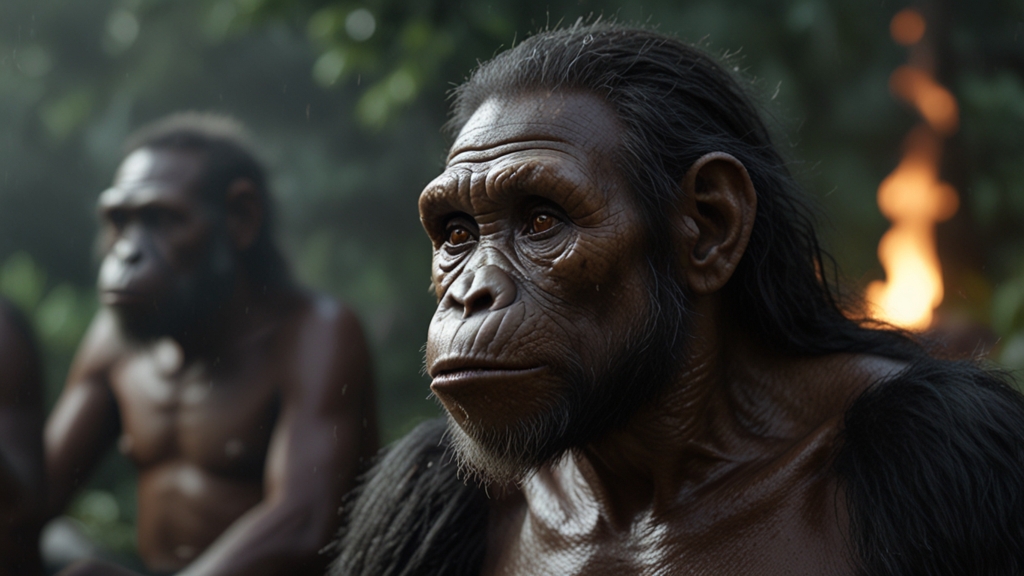Rituals and Festivals of Ancient Civilizations You Didn't Know About
Ancient civilizations, with their rich tapestries of culture and tradition, have left behind a legacy filled with awe-inspiring rituals and festivals. These ceremonies offer a window into the beliefs, values, and daily lives of people who lived thousands of years ago. While many of us are familiar with widely known practices, some fascinating rituals and festivals remain obscure to the modern world. Let’s delve into these lesser-known ancient traditions that reveal the diversity and depth of human history.
The Festival of Opet in Ancient Egypt
Among the numerous festivals of Ancient Egypt, the Festival of Opet was a monumental celebration dedicated to the god Amun, his consort Mut, and their son Khonsu. Held annually in Thebes, this festival aimed to rejuvenate the pharaoh’s relationship with the gods and legitimize his divine kingship. The festival began with a grand procession that transported the statues of the gods from Karnak Temple to Luxor Temple via the Nile River.
"During Opet, the city of Thebes transformed into a spectacle of divine reverence, with priests, musicians, and dancers engaging in ritualistic performances that captivated the people." - Dr. Elizabeth Collins, Egyptologist
The Festival of Opet lasted for approximately 27 days and included feasts, prayers, and offerings. It reinforced the pharaoh's role as the intermediary between gods and humans, ensuring the prosperity and stability of Egypt.
Inti Raymi: The Sun Festival of the Inca
Inti Raymi, or the Festival of the Sun, was one of the most significant events in the Inca Empire. Celebrated in honor of Inti, the Sun God, this festival marked the winter solstice and the start of the Inca New Year. Taking place in the grand fortress of Sacsayhuamán outside Cusco, the capital of the Inca Empire, it was a time of immense gratitude and veneration for the sun, which was believed to be the progenitor of the Inca people.
The celebration involved elaborate rituals, including the purification of participants, sacrifices of llamas to appease the gods, and the ceremonial 'tying' of the sun to ensure its return. The Sapa Inca, the ruler, played a central role, performing dances and leading prayers to thank Inti for the warmth and light that sustained their crops and life.
"Inti Raymi was a poignant reminder of the interconnectedness between nature and the Inca civilization, underscoring their deep-seated reverence for the sun and celestial bodies." - Professor Javier Ramirez, Anthropologist
Saturnalia: The Roman Festival of Misrule
No discussion of ancient festivals is complete without mentioning Saturnalia, the Roman festival dedicated to Saturn, the god of agriculture and time. Originating in the 5th century BCE, Saturnalia was celebrated in mid-December and offered a period of merriment and inversion of social norms. Work ceased, schools closed, and the usual order of society was upended.
One of the most distinctive features of Saturnalia was the temporary reversal of roles between masters and slaves. Slaves would be given the liberty to dress like their masters, and they were even served meals by them. Additionally, it was common to gift small tokens, candles, and clay figurines during the festival.
A significant aspect of Saturnalia was the election of a “King of Misrule,” a commoner who presided over the festivities, issuing humorous commands which participants were expected to follow.
"Saturnalia's playful subversion of social norms underlined the Romans' recognition of the importance of balance in life, and the need for periods of disorder to rejuvenate social cohesion." - Dr. Marcus Antonius, Classicist
The Mystery of the Eleusinian Mysteries
The Eleusinian Mysteries were a series of secret ancient rites held in honor of Demeter and Persephone, goddesses of agriculture and the underworld respectively. Celebrated annually in the town of Eleusis near Athens, Greece, these mysteries started around 1600 BCE and continued for over two millennia.
Participation in the Eleusinian Mysteries was considered a profound spiritual journey. Initiates underwent preliminary purification in the sea, followed by several days of fasting and preparation. The climax of the festival took place in a sanctuary, known as the Telesterion, where initiates would experience a dramatic reenactment of the myth of Demeter and Persephone.
The exact nature of the rites remains shrouded in mystery due to a vow of secrecy taken by participants. However, it is known that the Mysteries provided initiates with spiritual insights and a hopeful vision of the afterlife.
In conclusion, the rituals and festivals of ancient civilizations were not only pivotal cultural events but also profound expressions of their relationship with the divine, nature, and society. By exploring these lesser-known traditions, we gain a deeper appreciation for the intricate and diverse ways our ancestors sought meaning in their world.







